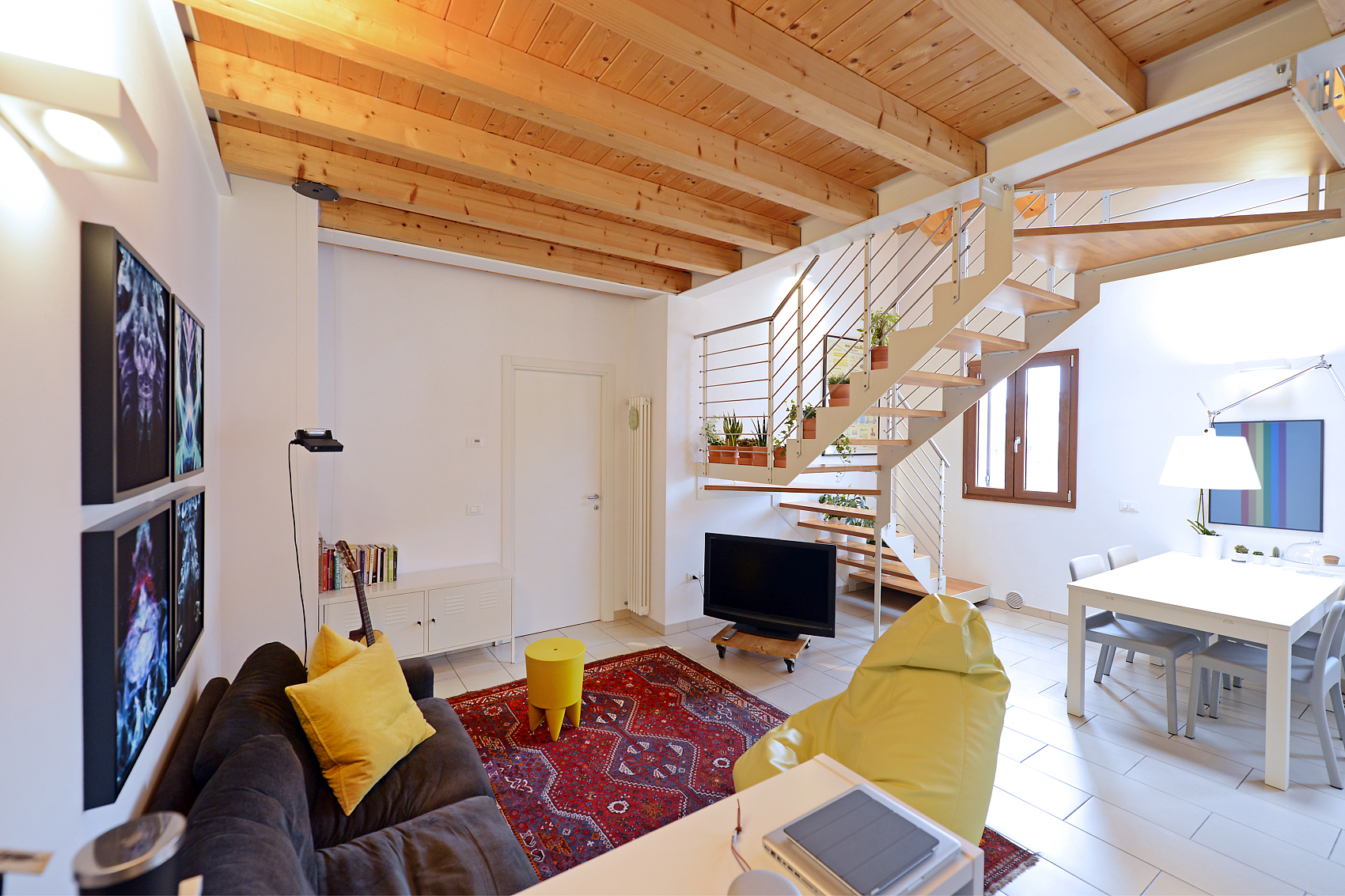Your home’s gutter system plays a crucial role in protecting the roof, attic, siding, and foundation. It catches rainwater and melting snow as it flows off the roof, then redirects it to downspouts, which carry the water safely away from the house. Without gutters, water can end up causing serious damage to your home.
But gutters don’t just catch water—they also collect leaves, sticks, dirt, and other debris. That’s why it’s important to clean them regularly to avoid blockages. When gutters get clogged, the water can overflow, potentially leaking into the attic or causing damage to the foundation. Gutter guards are designed to help by keeping debris out while still letting water in.
What Are Gutter Guards?
Gutter guards are protective covers or inserts that fit over or inside your gutters. Their main job is to stop leaves and larger debris from getting in, but still allow rainwater to flow through. This can reduce the amount of time you spend cleaning your gutters.
There are several types of gutter guards, each with its own pros and cons:
- Brush Gutter Guards: These look like large pipe cleaners and sit inside the gutter. They trap larger debris, but smaller things like pine needles can still get through. They also require regular cleaning.
- Foam Gutter Guards: These fit inside the gutter and block debris from entering, but they can shrink in cold weather, so they’re not ideal for homes in colder climates.
- Mesh or Micro-Mesh Gutter Guards: These are more effective than screens because they catch smaller debris like grass and pine needles. They’re easy to clean but might require professional installation, which can be expensive.
- Reverse Curve Gutter Guards: These are designed to make water stick to the guard and flow into the gutter, while debris slides off. They’re great at keeping gutters clean but usually require professional installation.
- Screen Gutter Guards: The most affordable and commonly used option. They’re made of metal or plastic and sit on top of the gutter. They keep larger debris out but aren’t very effective at blocking small debris like pine needles.

Benefits and Drawbacks of Gutter Guards
Gutter guards can definitely make life easier, but there are some things to keep in mind. Let’s take a look at the pros and cons:
Benefits:
- Less frequent gutter cleaning: Gutter guards reduce the need to clean gutters as often.
- Saves time and money: Since gutters stay cleaner, you’ll spend less on professional cleaning.
- Prevents clogs and overflows: With less debris, gutters are less likely to clog and overflow.
- Keeps pests out: Gutter guards help prevent insects, birds, and rodents from nesting in your gutters.
- Reduces the risk of ice dams in winter: They can help prevent snow and ice from building up in gutters, which reduces the risk of ice dams.
- Fire prevention: They keep dry leaves and twigs from piling up, which lowers the chance of a fire.
- Reduces mold and mildew: By keeping debris out, gutter guards help prevent mold from growing in the gutter system.
Drawbacks:
- Regular maintenance is still required: You’ll still need to clean your gutters occasionally, even with guards.
- Cleaning can be tricky: Depending on the type of guard, cleaning can be a bit difficult.
- Small debris still gets in: Tiny debris like pine needles can still clog the gutters if not cleaned regularly.
- Extra cost: Gutter guards come with an upfront cost, and installation (if done professionally) can be expensive.
- Added weight: The guards add weight to the gutters, which can put extra strain on the fascia.
- Aesthetic impact: Some gutter guards may not blend in with the home’s exterior and could affect the look of your gutters.
Do You Really Need Gutter Guards?
Before deciding to install gutter guards, it’s important to consider your local climate and environment. If you live in a warm area with little rainfall and no nearby trees, gutter guards might not be necessary. But if you deal with a lot of leaves, pine needles, or heavy snow, they could be a smart investment to help protect your home.

Are Gutter Guards Worth the Investment?
The value of gutter guards really depends on your home and your budget. If you’re tired of cleaning gutters constantly, live in an area with a lot of trees, or deal with ice dams in the winter, gutter guards can make a big difference.
On average, gutter guards cost between $10 and $25 per linear foot if professionally installed. DIY options are cheaper, usually around $4 to $5 per linear foot. Gutter cleaning can cost anywhere from $100 to $360 per year, so installing gutter guards can save you money over time, especially if you don’t have to clean the gutters as often.
However, keep in mind that gutter guards don’t eliminate the need for maintenance. You’ll still need to inspect and clean them at least once a year.
In the end, whether gutter guards are worth it depends on your specific needs and budget. Take the time to consider the pros and cons for your situation before making a decision.













